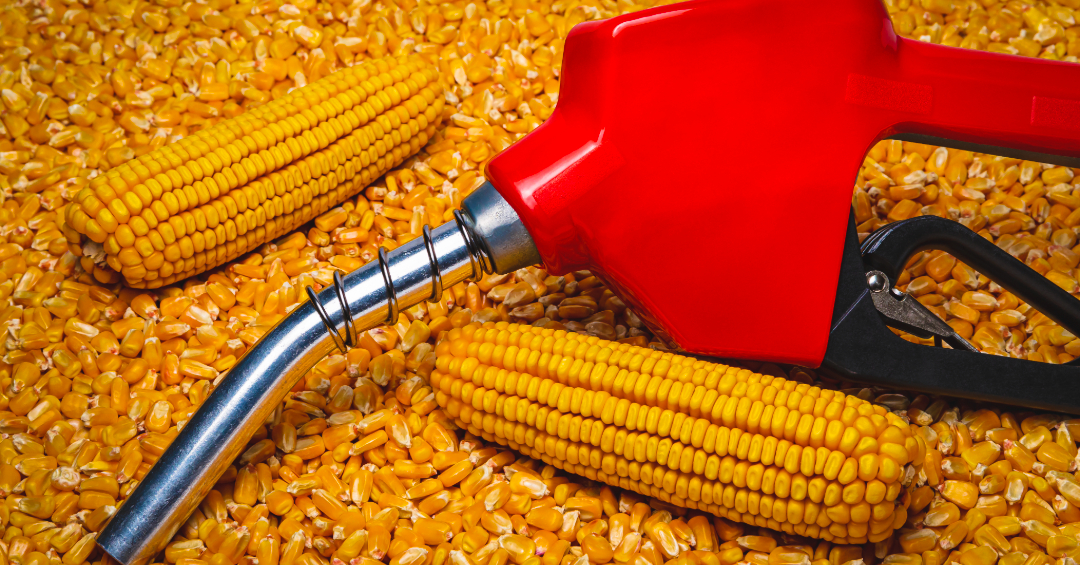Is Ethanol in Your Gas Tank the Same Trick as Limestone in Type IL Cement?

I had a guy working on my chainsaw the other day, and he starts talking about gasoline. He tells me that regular gas, the kind with ethanol blended in, is ruining small engines. Says the ethanol gets into the carburetor, gums things up, and causes real problems. That got me thinking—is this ethanol thing like what we’re seeing with Type IL cement in the concrete industry?
Let’s back up for a second. Most gasoline in the U.S. today has about 10% ethanol in it. That's your typical regular fuel, also called E10. Ethanol isn't bad by itself; it’s a renewable fuel source made from corn. But here's the catch: ethanol loves water. It pulls moisture from the air, and over time, especially in engines that sit around, it separates from the gasoline and forms a nasty, corrosive sludge at the bottom of your tank. This stuff clogs carburetors, damages small-engine components, and can generally make life miserable if you’re not careful.
Now, modern cars handle this ethanol just fine—they're built for it. But chainsaws, lawnmowers, and other small engines? Not so much. Those smaller engines aren't usually built with ethanol-resistant materials, so they take the brunt of the damage.
Here’s the deal: ethanol was supposed to be an affordable solution, an additive that cuts costs and emissions. But instead of delivering real value, it ends up causing problems for a lot of folks using small equipment.
Sound familiar? It should, because we’re seeing something very similar going on with Type IL cement in our industry.
Type IL cement—Portland limestone cement—replaces up to 15% of traditional clinker with limestone. On paper, it's about cutting down emissions and reducing CO₂. But what cement producers aren’t openly saying is that this limestone substitution drastically lowers their production costs. Less clinker equals cheaper cement. That’s great news for them, but those savings haven't exactly made it downstream to contractors or end-users.
But here’s the bigger issue: limestone and clinker aren’t chemically the same—not even close. Replacing clinker with limestone changes how cement performs. We’re talking different set times, strength gain issues, finishing characteristics, and even compatibility with admixtures. Concrete contractors out there are having to adjust how they do things, often without fully understanding what’s changed in their mixes.
See the parallel now? Ethanol saves producers money, but it doesn't make life easier for small-engine users. Type IL cement saves producers money, but it doesn't necessarily make life easier for contractors or end-users. In both cases, a cost-saving solution for the producer means headaches downstream.
If cement companies are going to make these changes, then transparency is crucial. Tell us exactly what's in the cement. Give contractors and concrete finishers the details so they can adapt properly. And when it comes to ethanol, maybe it's time we take another look at what we’re putting in our tanks—especially if we're filling up equipment that sits unused for long stretches.
Bottom line: just because something saves money upfront for the producer doesn't mean it won’t cost us in the end. Keep that chainsaw mechanic's lesson in mind—sometimes, the cheaper solution isn't the bargain we thought it was.
References:
-
U.S. Department of Energy: Ethanol fuel basics (energy.gov)
-
Oklahoma State University Extension: Ethanol Gasoline Blends and Small Engines (extension.okstate.edu)
-
Wired Magazine: Effects of ethanol on engines (wired.com)
-
PCA (Portland Cement Association): Portland Limestone Cement overview (cement.org)
-
Holcim U.S.: Type IL cement whitepaper (holcim.us)










